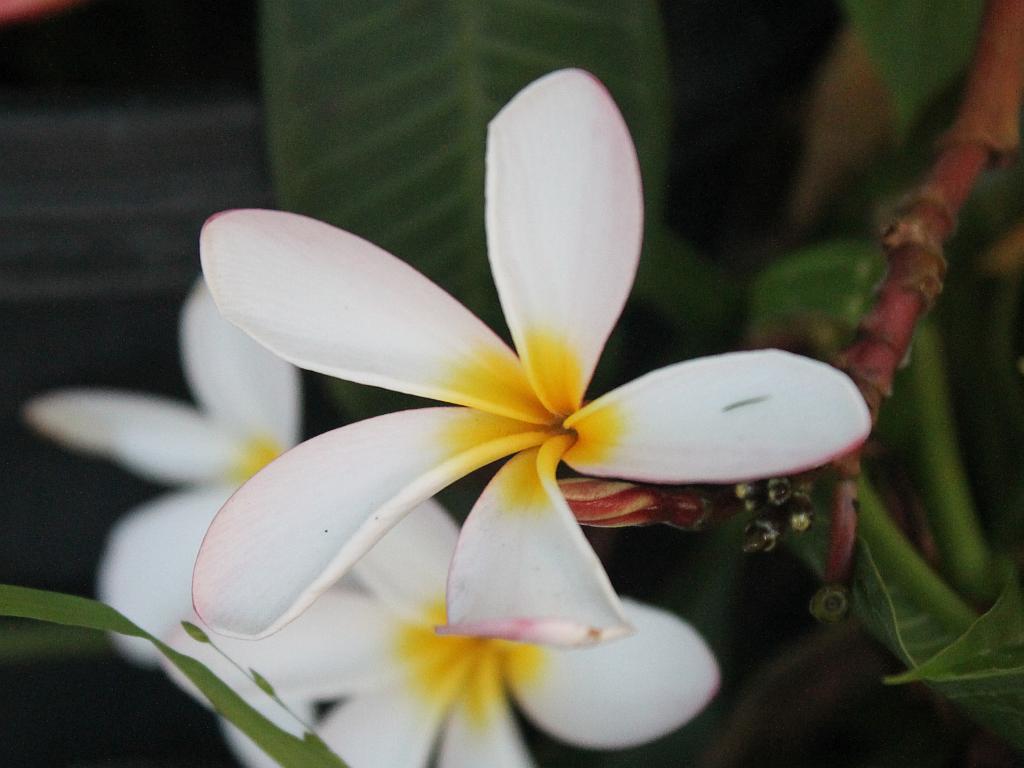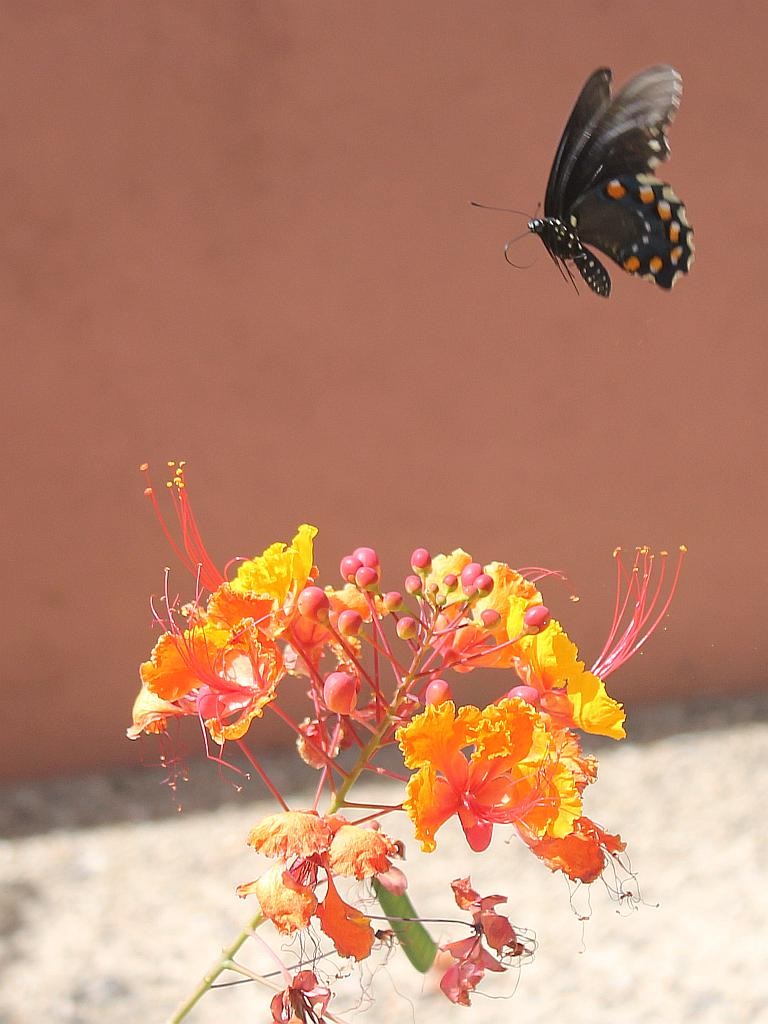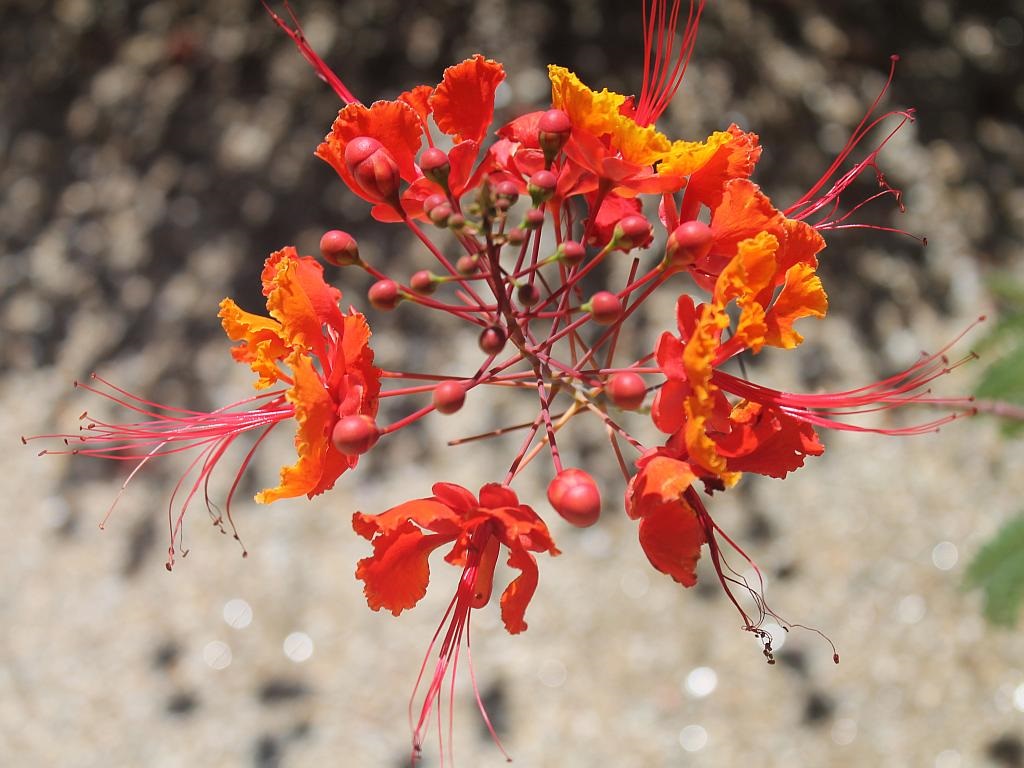While we were shopping yesterday at the supermarket, I noticed that they had orchids in the flower concession. I had never seen blue nor green phalaenopsis orchids before, but there they were. I did some research and found that the blue orchids are really white orchids injected with blue dye.
From BlueOrchid.org:
During the growth process, the stalk of a white phalaenopsis orchid is injected with a blue dye solution. The intervention is performed in an environment that keeps the infection risk for the plant at a minimum. The blue color is absorbed by the orchid and creates a blue flower.
I assume the same is true for the green orchids. Click on the image to alternate between photos I took of blue and green orchids.






